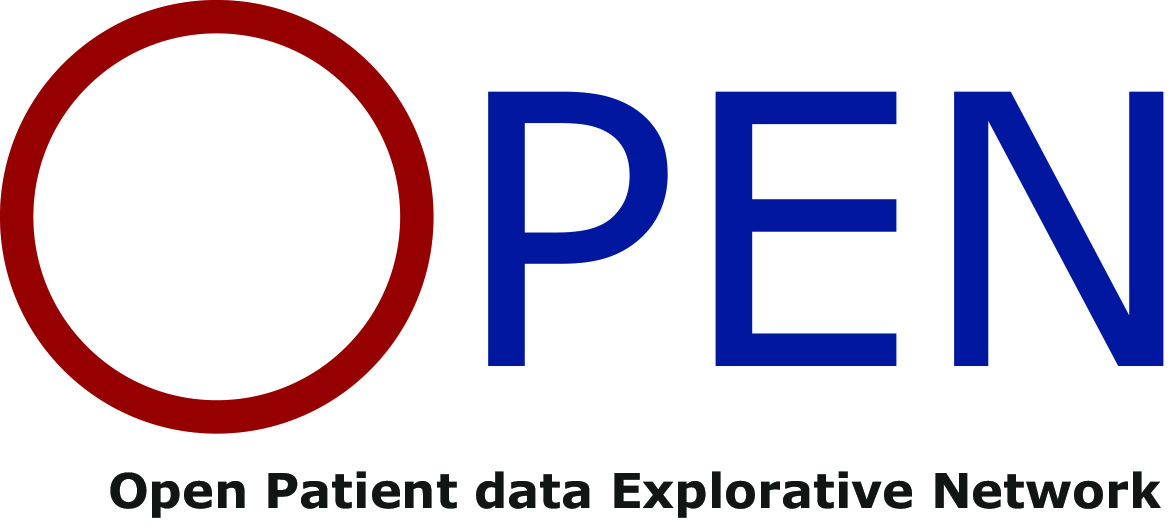
Professor
Mark Ellebæk
Department of Surgery, OUH
| Projekt styring | ||
| Projekt status | Open | |
| Data indsamlingsdatoer | ||
| Start | 01.04.2025 | |
| Slut | 01.09.2030 | |
EAt - Prevention of stenosis and leakage after EA surgery - an animal study
Short summary
The primary aim of this study is to evaluate the degree of stenosis at the site of anastomosis two weeks after surgery. Secondary aims include rate of leakage, esophageal elongation, tissue strength and histological differences at the point of anastomosis. Our hypothesis is that the risk of anastomotic stenosis and leakage can be reduced by the use of BTX-A injections to the anastomosis area.
Rationale
When an infant is born with esofageal atresia (EA), surgery is required within the first days of life. In most infants, establishing a primary anastomosis between the esophageal pouches is feasible. However, 10-15% of infants with EA presents with a long-gap EA. In these cases a primary anastomosis is often impossible, due to shortage of esophageal tissue. If performed, it significantly increases the risk for stenosis and anastomotic leakage due to high tension. Current surgical techniques are associated with a high rate of postoperative complications and poor long-term functional results. New techniques facilitating primary anastomosis for all EA patients are therefore highly warranted. By the use of Botulinum Toxin Type A (BTX-A) esophageal relaxation can be achieved lowering the risk of anastomotic leakage. Previous studies from our research group have shown that injections of BTX-A into the esophageal musculature in animals lead to a significant increase in esophageal elongation and reduction in the risk of anastomotic stenosis.
Description of the cohort
The cohorte will consist of 22 Göttinger mini-pigs aged app. 2 months. 2 of these pigs will be included as a pilot study.
Data and biological material
Data will consist of observations of the pigs: surgical data, post-operative observations, x-rays, blood samples, anestesiological observations and histo-pathological analysis of tissue.